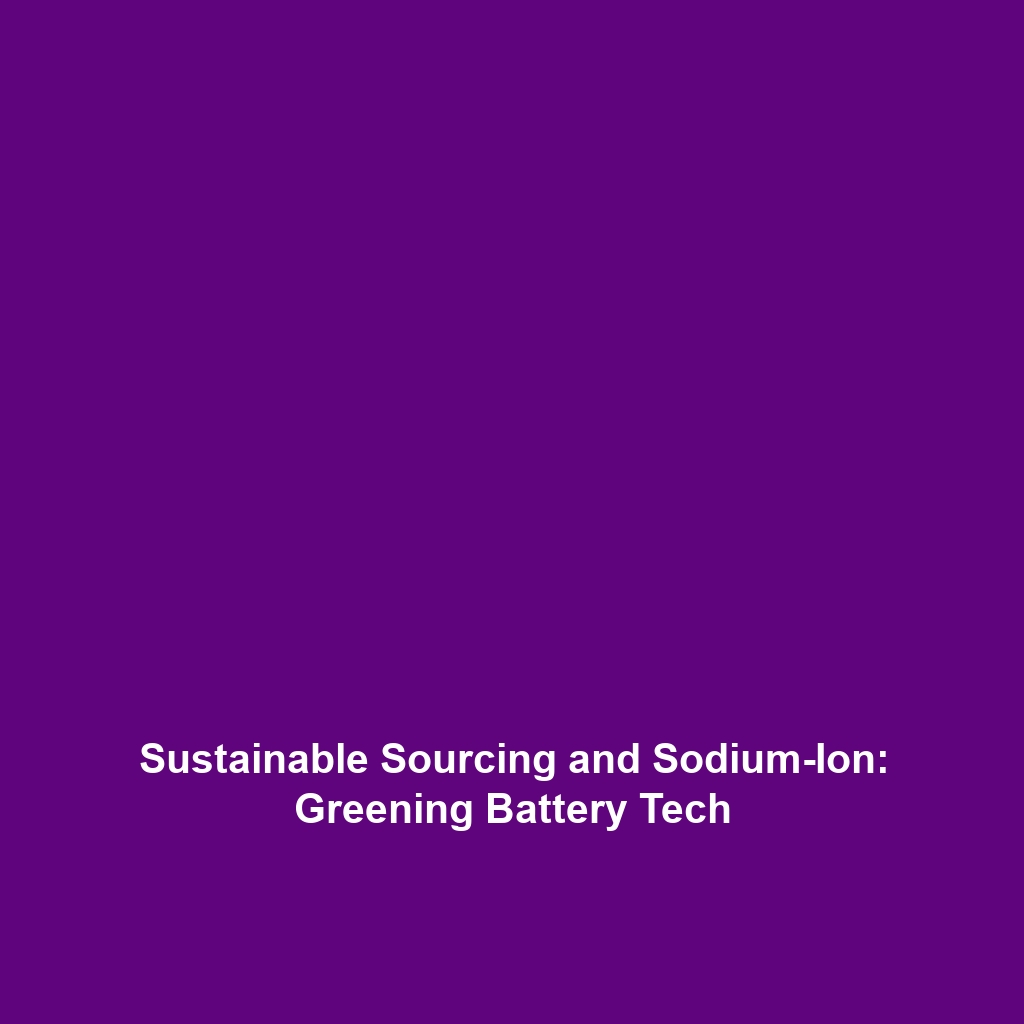CO2 Injection in Enhanced Oil Recovery and Its Role in Carbon Capture & Storage
Introduction
Enhanced Oil Recovery (EOR) is a pivotal process in the oil industry, where carbon dioxide (CO2) is injected into oil reservoirs to increase pressure and enhance oil displacement. This method not only boosts oil production but also plays a significant role in Carbon Capture & Storage (CCS) strategies aimed at reducing greenhouse gas emissions. By sequestering CO2 underground, EOR emerges as a dual solution that addresses energy demands while contributing to climate change mitigation. Understanding the intricacies of CO2 injection during EOR is essential for advancing CCS technologies and promoting sustainability within the energy sector.
Key Concepts
At the intersection of Enhanced Oil Recovery and Carbon Capture & Storage, several key concepts define the effectiveness of CO2 injection:
- CO2 Sequestration: The long-term storage of CO2 in geological formations.
- Reservoir Characteristics: The physical and chemical properties of oil reservoirs that influence the efficiency of CO2 injection.
- Pressure Dynamics: The relationship between injected CO2, reservoir pressure, and oil displacement rates.
This process exemplifies a circular economy approach within the energy sector, where carbon emissions are not only captured but also repurposed to enhance hydrocarbon recovery. EOR techniques thus provide an innovative pathway for both oil companies and environmental sustainability efforts.
Applications and Real-World Uses
The application of CO2 injection during Enhanced Oil Recovery extends beyond simple oil extraction. Here are some significant real-world uses:
- Oil Field Projects: Numerous oil fields globally, including those in the North Sea and U.S. Gulf Coast, utilize CO2 injection to improve oil yield.
- Environmental Benefits: By incorporating CCS technologies, these projects significantly reduce the carbon footprint of the oil extraction process.
- Economic Incentives: Enhanced recovery methods can increase profitability for oil companies while adhering to stricter emission regulations.
These applications highlight how CO2 injection during EOR serves as a practical tool within the broader framework of Carbon Capture & Storage.
Current Challenges
Despite its potential, several challenges impede the widespread adoption of CO2 injection in EOR:
- Cost-Effectiveness: High injection costs can limit the feasibility of projects.
- Regulatory Hurdles: A complex legal landscape surrounding CO2 storage can delay project approvals.
- Monitoring and Accountability: Ensuring the long-term safety and effectiveness of stored CO2 presents technical challenges.
Addressing these challenges is imperative for enhancing the role of CO2 injection in both improved oil recovery and emission reduction strategies.
Future Research and Innovations
The future of CO2 injection during EOR looks promising with ongoing research and technological advancements, including:
- New Injection Techniques: Innovations aimed at optimizing CO2 delivery and distribution in reservoirs.
- Advanced Monitoring Systems: Technologies to better track CO2 movement and quantify retention rates.
- Integration with Renewable Energy: Exploring synergies between renewable sources and CO2 injection for enhanced sustainability.
These advancements could pave the way for maximizing both oil recovery and carbon reduction, fundamentally transforming energy production practices.
Conclusion
CO2 injection in Enhanced Oil Recovery is a critical component of Carbon Capture & Storage strategies, offering both economic and environmental benefits. As the energy landscape shifts towards sustainability, understanding the significance of this process becomes increasingly important. Stakeholders in the energy sector must embrace innovations and address current challenges to fully explore the potential of CO2 injection. For further reading on advanced carbon capture technologies, check out our article on advanced CCS technologies and their impact on the industry.

